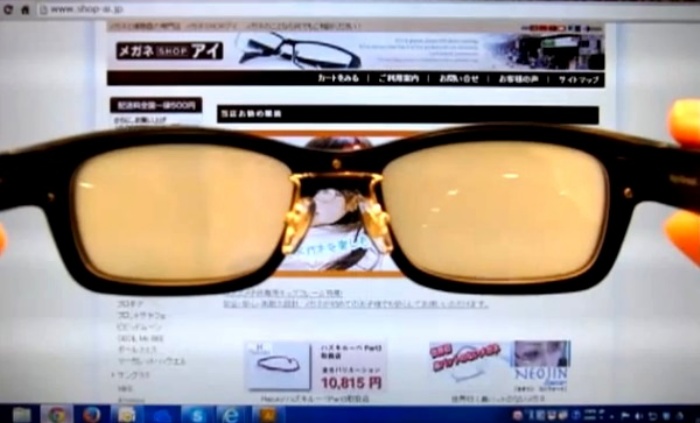
By Chris Scott Barr
In case you missed it, yesterday was the first day of April. To those not in the know, some people call this “April Fool’s Day.” At one point this used to mean that individuals played fun pranks on other individuals. However, in the age of high-speed internet, it means that approximately 78.3%* of all news posted on that day is complete BS. Bear that in mind when reading about this product. I’m not saying that it’s fake, but if it ends up being such, at least I warned you.
Warwick Audio Technologies has created a nearly paper-thin speaker (which looks a good bit like ordinary tin foil) that can be hung on walls like pictures to shout at you as you’re passing by. While I’m sure that advertisers would love to get their hands on this stuff, I really don’t look forward to a time when ads are talking to me every time I pass one, ala Minority Report. I won’t pretend to completely understand the mechanics behind the speakers, so I’ve reposted the explanation in its entirety after the jump.
Speakers work by converting an electric signal into sound. Usually, the signal is used to generate a varying magnetic field, which in turn vibrates a mechanical cone, so producing the sound.
The technology behind the FFL assembles thin conducting and insulating materials, resulting in the development of a flexible laminate. When activated by an electrical signal, the laminate will vibrate and produce sound.
The developers say the speaker laminate operates as a perfect piston resonator. The entire diaphragm therefore radiates in phase, forming an area source. The wave front emitted by the vibrating surface is phase-coherent, producing a plane wave with very high directivity and very accurate sound imaging. Translation: crisp, clear sound in big, noisy spaces.
*That’s a very scientific number I made up to sound smart.
[ Warwick Audio ] VIA [ Crave ]





Is it this?
http://www.ted.com/index.php/talks/woody_norris…
Is it this?
http://www.ted.com/index.php/talks/woody_norris…